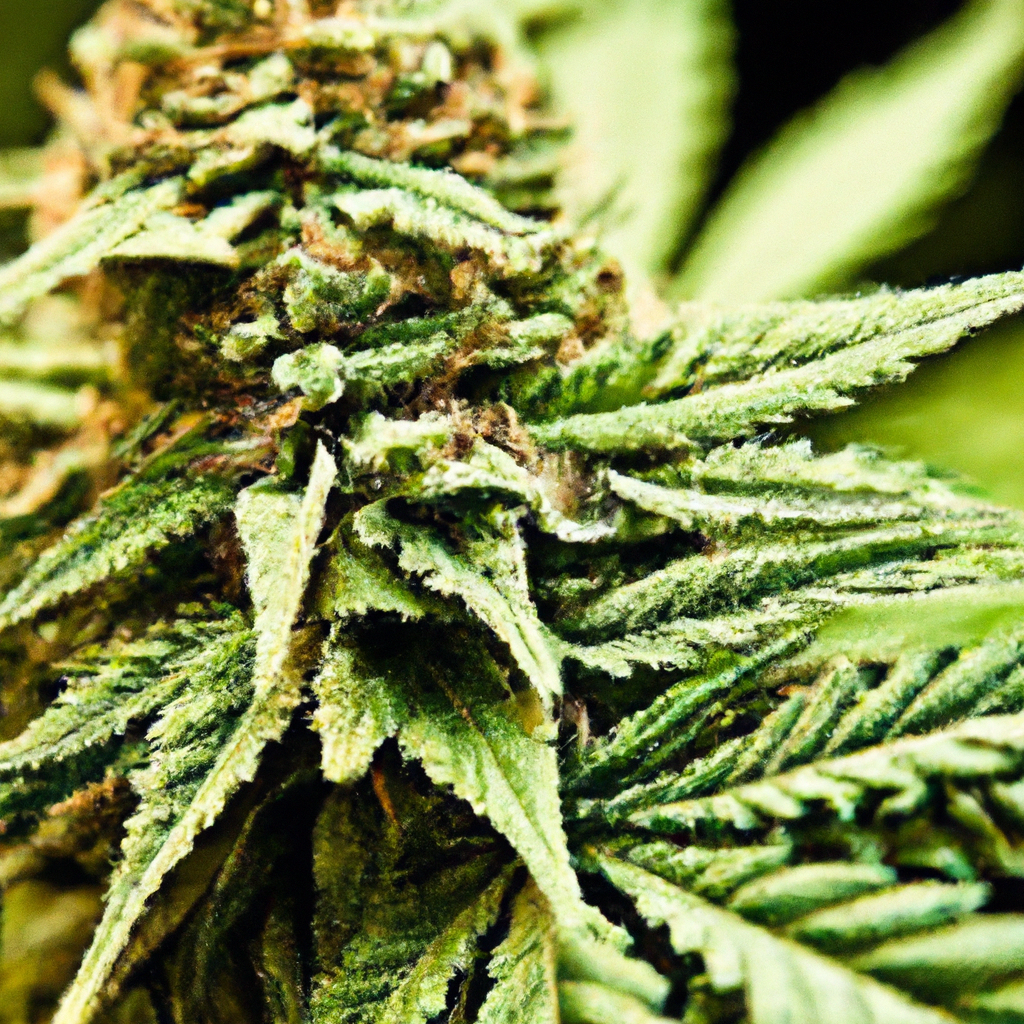By John “Magic” Greenleaf
“Growing greatness, one strain at a time.”
Introduction
In a fast-paced and ever-evolving cannabis industry, there remains one constant: the power of community. While advanced growing techniques and cutting-edge technologies capture headlines, the bedrock of true industry success is built on strong community connections. In Colorado, where cannabis cultivation faces unique challenges due to high-altitude environments, these connections have become more critical than ever. Let’s delve into the multifaceted ways community engagement shapes the cannabis landscape.
Community Cultivation: Roots of Learning and Collaboration
Building a thriving cannabis industry requires more than just strong plants; it hinges on shared knowledge and cooperative growth. Cultivators like myself in Colorado often rely on a robust network of fellow growers. This collective wisdom helps navigate hurdles like drastic temperature shifts and high UV exposure. Workshops and seminars hosted at local co-ops in Denver and Boulder serve as valuable meeting places where ideas and techniques are exchanged.
- Collaborative Learning: Sharing growing tips and troubleshooting techniques at community events.
- Local Networks: Engaging with regional groups to discuss challenges unique to high-altitude growing.
- Educational Workshops: Hosting sessions that range from basic cultivation to high-efficiency strategies.
Branding with Purpose: Community and Culture
Cannabis isn’t just a product; it’s a culture. Successful branding in the industry often springs from a brand’s ability to resonate with the local community. That means crafting messages and storytelling approaches that reflect regional values and histories.
Mile High Mystique, a strain I’ve developed, doesn’t just provide a calming effect—it embodies the tranquility of a Colorado mountain evening. Brands that capture the spirit of their community can cultivate a loyal following, not just casual consumers.
Community Advocacy: Legalization and Innovation
Community plays a vital role in advocating for responsible cannabis legislation. In Colorado, local groups often lead grassroots initiatives that influence policy development, addressing issues from licensing to environmental regulations. It’s crucial for industry stakeholders to support these efforts, as they pave the way for sustainable growth and innovation.
Conclusion
The future of cannabis isn’t just in the plants we cultivate but in the community bonds we nurture. Whether through collaborative learning, culturally resonant branding, or advocacy work, community connections are the lifeblood of a prosperous cannabis industry. For growers and entrepreneurs alike, remembering the adage “Together we grow stronger” can be the difference between surviving and truly thriving.
As I often say, “The altitude makes us tougher—and so does our weed.” With community by our side, we’re ready for whatever challenges rise above the horizon.


Leave a Reply